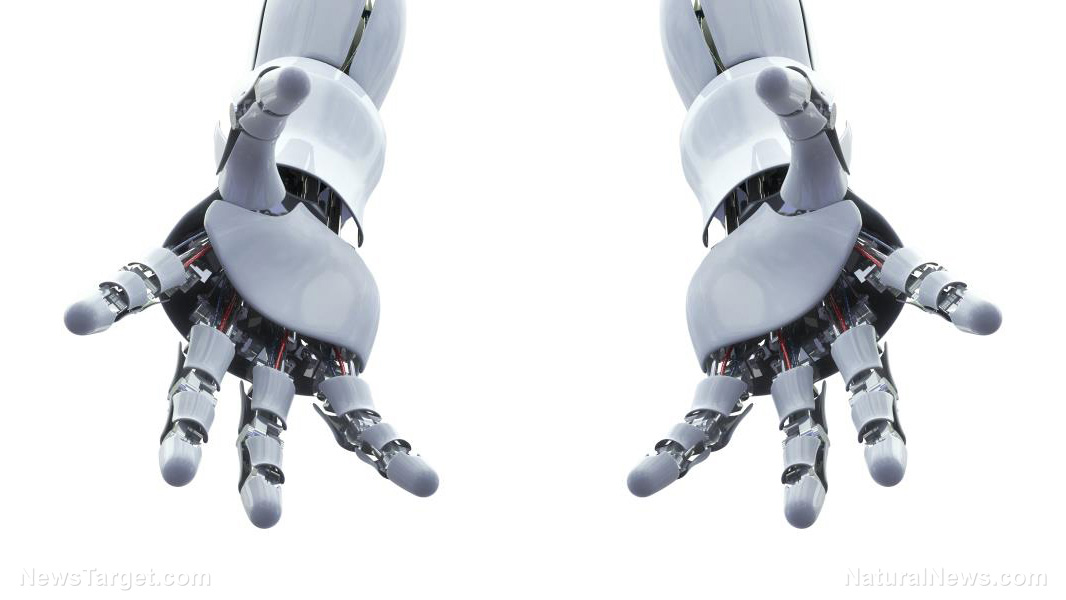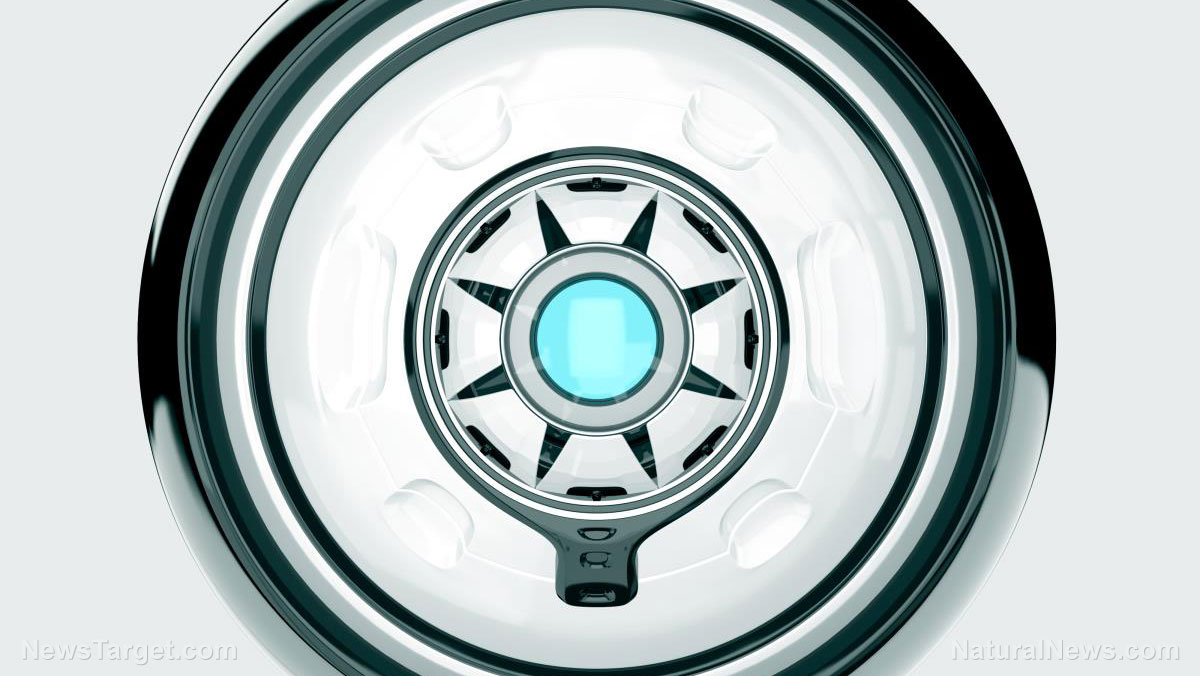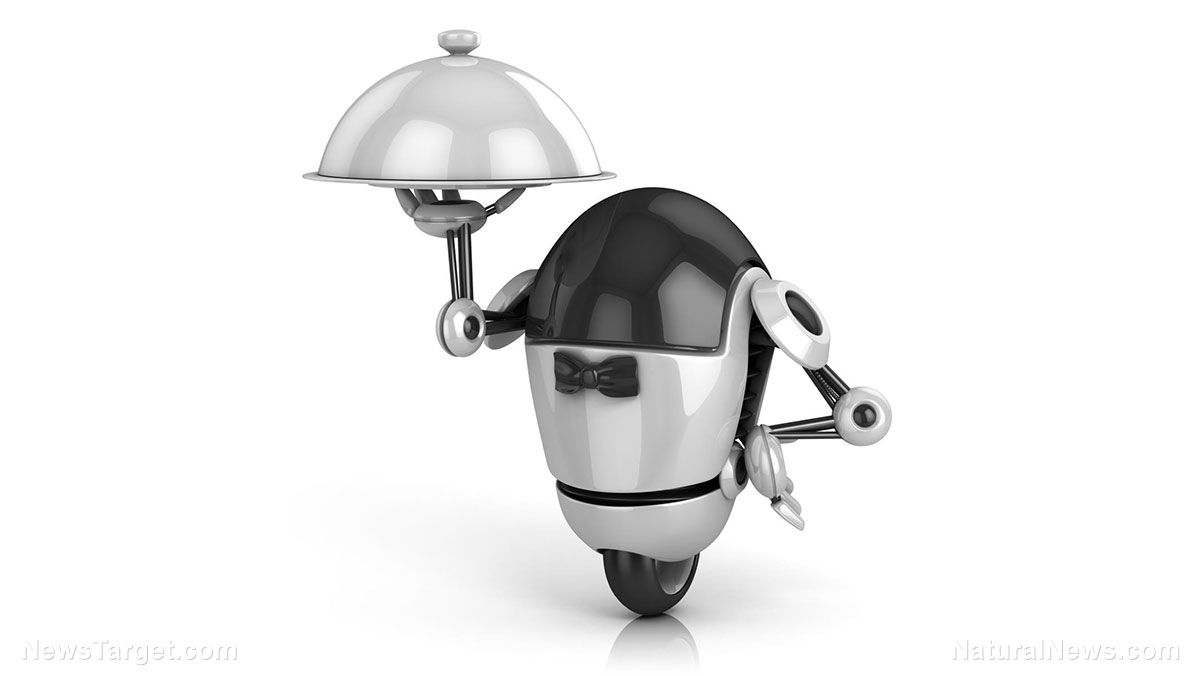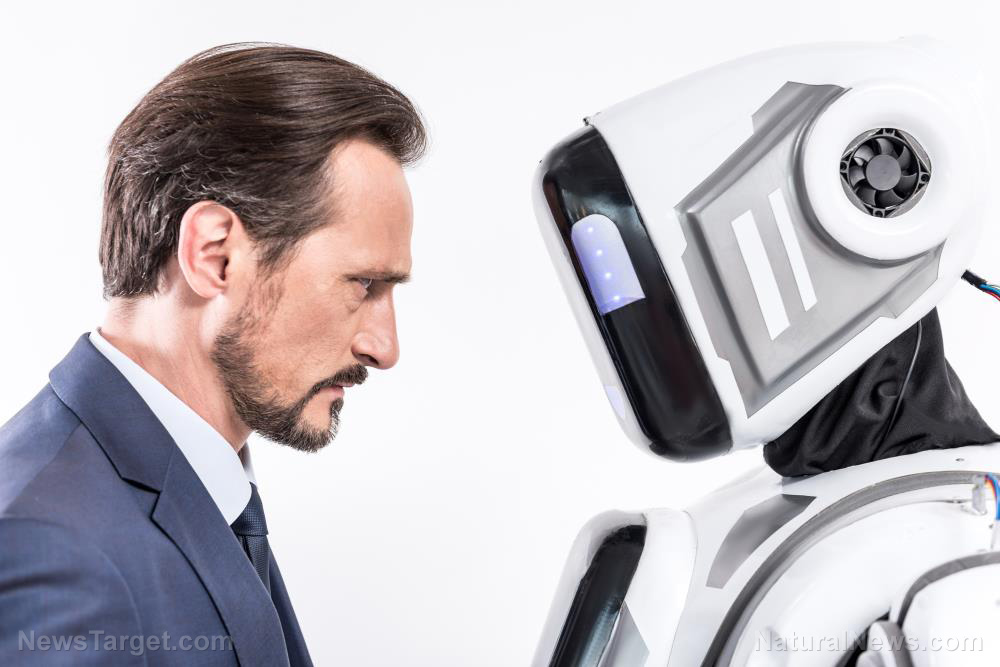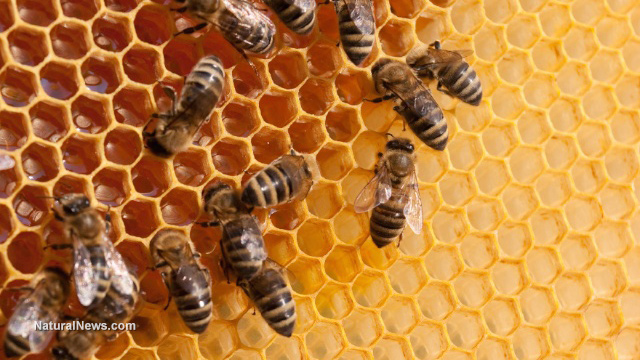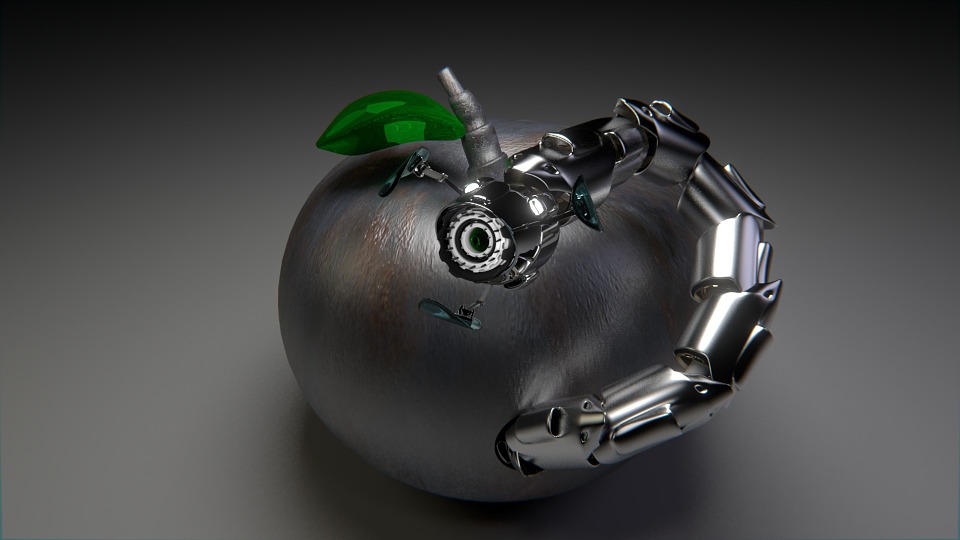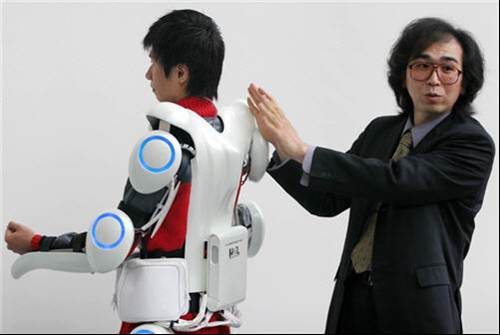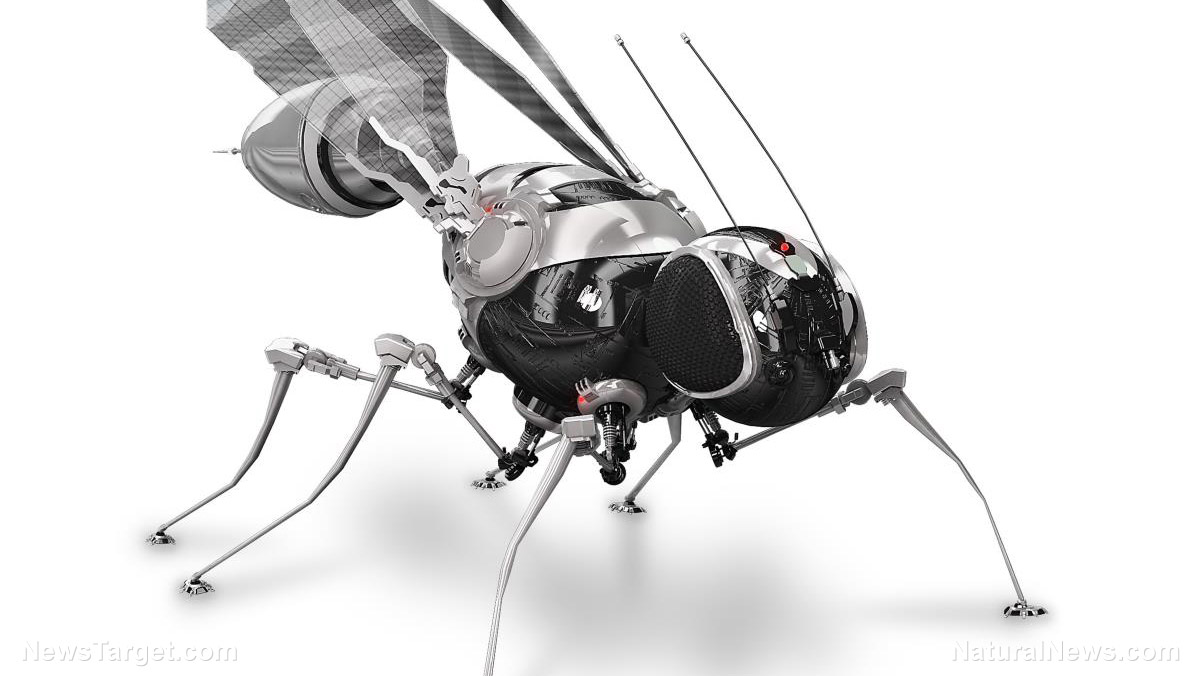New multimaterial 3D printing can help create better robotic systems
04/07/2019 / By Edsel Cook
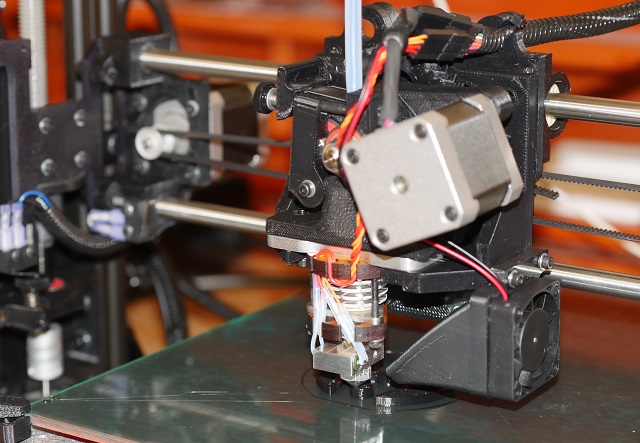
Chinese and Singaporean researchers have proposed a new approach to building better soft robots. Their concept combined 3D printing and several heat-activated materials to create robotic actuators that could overcome the problems of soft materials.
Most robots feature rigid parts that can cause serious injuries to any nearby human who gets hit by a fast-moving mechanical limb. This physical danger was greatly reduced by the introduction of soft robots – machines with outer shells and mechanical actuators made from silicone rubbers and other soft materials.
The greatest strength of soft robots turned out to be their greatest weakness as well. Their lower levels of rigidity made them much poorer at physically strenuous jobs that required supporting heavy loads for any period of time.
To resolve this, researchers have been working on materials that can increase and decrease stiffness. A soft robot made from these stiffness-tunable materials could have better load capacity while also retaining its safety around humans and their work environment. (Related: HP goes “full Orwellian” with its 3D printers, says it will prohibit users from printing objects the government doesn’t want you to print.)
Developing a heat-activated polymer for use in soft robotics
Shape memory polymers (SMP) are a very promising type of stiffness-tunable material. They can change their rigidity by a considerable amount upon getting heated, and will regain their original stiffness once they cool off. Furthermore, these materials are suitable for use in additive manufacturing systems, which also use heat to soften additives.
However, the polymers suffered from problems of their own. Soft actuators made from SMP reacted slower than expected and displayed minor deformation. They were also not suited to automated manufacturing methods.
A research team from Singapore University of Technology and Design (SUTD) and Shanghai Jiao Tong University (SJTU) proposed using finite element method simulations to develop a hybrid multimaterial that could be used in 3D printing. They believe this new approach could lead to the creation of fast-response, stiffness-tunable (FRST) soft actuators, which can go from soft to rigid and back within just 32 seconds.
“We combine a commercial inkjet multimaterial 3D printing technology with the direct-ink writing approach to fabricate our fully printed FRST actuator,” remarked SUTD assistant professor Qi (Kevin) Ge. “The stiffness tunability is provided by an embedded SMP layer, and the fast response is enabled by embedded heating and cooling elements.”
A soft actuator that can go from soft to hard and back in half a minute
In the published paper, Ge described how adding a theoretical layer of SMP to the mechanical actuator boosted the stiffness by as much as 12,000 percent. At the same time, the FRST actuator would maintain its flexibility and versatility.
A conductive circuit is 3D printed onto the polymer layer. Made of silver nanoparticles, the malleable circuit used Joule-heating to activate the polymer’s ability to change stiffness.
The activated SMP used pressurized air to change the shape of the actuator. Afterward, coolant was driven through a fluidic channel in the layer. Once the polymer cooled down, it also stiffened, locking the actuator in place.
“The deformed actuator in its stiff state can perform load-carrying tasks, even after releasing the pressurised air,” said Ge. “More importantly, a heating-cooling cycle can be completed within about half a minute, which is the fastest rate reported, to our knowledge.”
In addition, the researchers tested the behavior of their FRST actuator via computer modeling even before they printed out its parts and assembled the device. The models helped refine the device and showed how the load capacity could be further increased. As such, an experimental robotic gripper with three such actuators could grab and hold various objects up to 3.3 pounds.
Keep up with the latest advances in robotics and Robotics.news.
Sources include:
Tagged Under: 3D printing, additive manufacturing systems, future tech, inventions, materials science, new materials, physics, polymers, research, robotic gripper, robotics, scientific, shape memory polymers, Soft Robotics, soft robots, technology
